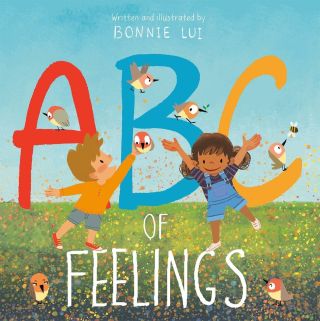Attachment
Bonding Now Literally Pays Off for Your Child’s Future
Social-emotional tools boost parent-child relations and offer long-term rewards.
Posted April 1, 2023 Reviewed by Gary Drevitch
Key points
- Reading aloud to children lowers everyone's stress.
- A good-feelings vocabulary improves kindergarten performance.
- Kinesthetic learning comes in all sizes, even in the shape of an educational box.

Decades ago, LeVar Burton energetically taught our children that anything is possible with the power of reading. Today, literacy advocates like Keisha Siriboe of Baltimore tell us that reading aloud to our youngsters can lower stress and increase social and emotional learning. Psychologically, since books open a child’s eyes and world, reading offers hope, individual agency, and empowerment.
Social and emotional learning (SEL) educates immediately and leads to greater college entry plus completion and a lifetime of higher earnings.1 Books make the best gifts, and here’s a short list of picture books for social-emotional growth:
ABCs of Feeling, written and illustrated by Bonnie Lui. From anxious to zany and new vocabulary words in between, this book may actually ward off acting out. Yes, a study published in Child Development found that a greater vocabulary in two-year-olds may mean higher academic performance and better behavior by kindergarten.2
The Seasons Within Me, by Bianca Pozzi, Brazilian artist/writer. The beautiful artwork displayed in this picture book portrays a child waking to gray days, experiencing sadness from the limits of clouds and rain. A chance meeting, however, shows the transformative power of helping another, even if it’s a stray and furry new friend.
Goodnight Racism, by Ibram X. Kendi and Cbabi Bayoc. Both the pictures and the story invite children to dream and imagine “a world where all people are safe no matter how they look, how they worship and how they love.” It says goodnight to cruelty, inequality, hurt, and injustice.
Hattie Harmony Worry Detective, by Elizabeth Olsen, Robbie Arnett & Marissa Valdez. Hattie helps youngsters with what worry feels like, the ordinary events that spawn it, and how to use various tools. It reminds me of the emotional toolbox I create with children in counseling, complete with positive affirmations. Since worry is ever-present, at one time or another, this is a must-have addition to your bookshelves.
I Am a Virus, by Bridget Heos (author) and Mike Ciccotello (illustrator). From sniffles and tissues to nose hairs, and yes, boogers, the book reaches kids where they are but educates (see the vocab words at the end) about virus particles, how white blood cells attack germs, and how vaccines work to fight and lessen an illness. This is a science-based book that educates well beyond the picture-book years.
CBT Toolbox, by FLUYTCO. This kinesthetic activity, complete with a small explanatory booklet, educates youth and their parents how to check out one’s faulty, worry- or sad-inducing thoughts to gradually learn how to talk oneself into a better mood and outlook. Who doesn’t need this? The box includes two cardboard scales and accompanying cards to aid in learning. It’s a great activity, whether your child receives counseling, or whether you teach these skills on your own. Grownups and kids alike will be better off learning CBT.
Copyright © 2023 by Loriann Oberlin, MS


